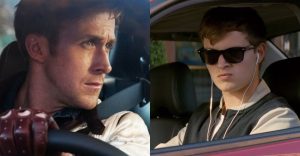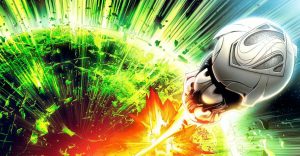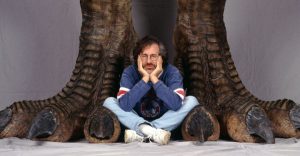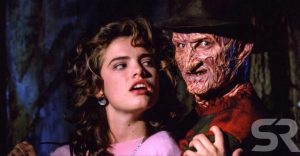Devil May Cry & Bayonetta: All Easter Eggs & References Explained
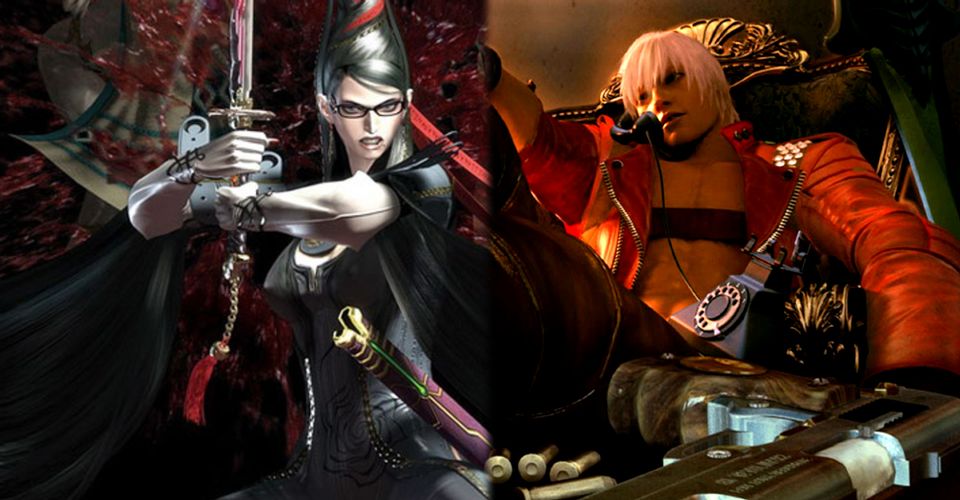
When it comes to stylish action games, the brain of Hideki Kamiya is undeniably the birthplace of the genre. The PlatinumGames developer essentially manufactured it when he directed the first Devil May Cry. Kamiya would go on to define the genre further with titles like Wonderful 101 and Bayonetta, a spiritual successor to the DMC games which includes plenty of easter eggs and references to its parent series.
The first Devil May Cry originally began as a prototype for Resident Evil 4, which became its own IP after Kamiya’s team pushed for a more action-heavy experience compared to RE’s typical horror setting. Kamiya would go on to leave Capcom soon after DMC1 released to work for Clover Studios (now shut down) and co-found PlatinumGames. One of PlatinumGames’ first titles would be Bayonetta, another stylish action game about a cocky, gun-wielding protagonist at war with supernatural Christian forces. The inspiration behind Bayonetta was apparent at first glance; Kamiya was continuing the DMC series in his own way. However, the obvious parallels between both series did not stop Kamiya or PlatinumGames from chocking their new title full of references to the original. Capcom has, unfortunately, not done the same in return.
The similarities between Devil May Cry and Bayonetta are numerous to say the least. Browsing the wiki page for either game on its opposing fan wiki reveals a slew of elbow-nudges and eye-winks thrown to the player by PlatinumGames developers. However, there are a few more nuanced details that might go over the heads of uninitiated players. For instance, Bayonetta often repeats some of Dante’s (the protagonist of DMC) iconic lines, such as “Let’s Rock!” and “Flock off feather face!” Bayonetta also takes an iconic pose upon unlocking the game’s Lost Chapter. This is the same pose that the character Trish takes in silhouette form for the Devil May Cry logo. Furthermore, the development team behind Bayonetta is named “Team Little Angels,” a reference to DMC1’s “Team Little Devils.” Last, but not least, upon completing one half of all the secret Alfheim missions in Bayonetta, players are rewarded with the “Angels May Cry” achievement.
More DMC Easter Eggs In Bayonetta

There are also plenty of references to Devil May Cry hidden throughout Bayonetta’s setting and characters. Characters such as Antonio and Luka Redgrave are direct callbacks to Dante’s alias, Tony Redgrave, which is the name inscribed on his iconic dual pistols, Ebony and Ivory. E&I themselves are remakes of the pistols owned by Dante’s father, Luce & Ombra. These names are also referenced in two factions from Bayonetta’s story, the Lumen Sages and the Umbran Witches. One of the Umbran Witches, Jeanne, references DMC by acting as the staple “mirror-image rival boss” and using Dante’s classic red and white color scheme.
Jeanne’s isn’t the only Bayonetta boss to reference Devil May Cry. The most obvious example of this is the Bayonetta 2 boss, Phantasmaraneae, a massive lava-spider that takes both its name and appearance from the DMC1 boss, Phantom. Other DMC bosses make “appearances” within Bayonetta as well, though usually in the form of one of her pet demons. Baal, Scolopendra, and Malphas are all Bayonetta demons that resemble the DMC bosses Bael, Gigapede, and Griffon respectively. Finally, much like Mundus, the final boss of DMC1, the final boss of Bayonetta takes a similar appearance as a marble statue.
The last few notable DMC references in Bayonetta have to do with the equipment and moveset utilized by the character. DMC fans may recognize Bayonetta’s “stiletto” move as sharing the same purpose as Dante’s iconic “stinger.” Much of Bayonetta’s equipment also references Dante’s own kit. Bayo’s Bracelet of Time references the DMC1 Bracelet of Time item. The Bangle of Time’s description strengthens this by naming a powerful with called Eva, who made a deal with a “Legendary Dark Knight.” Dante’s parents are famously the human Eva, and the Legendary Dark Knight Sparda. Bayonetta’s “Sergey’s Lover” item lets her copy Dante’s Doppleganger style from Devil May Cry 3. Bayonetta’s final reference to Devil May Cry, item-related or otherwise, is the ability granted by her Infernal Communicator item. This item allows the player to summon a group of friendly demons called the “Little Devils,” another reference to the original Devil May Cry team.
About The Author











